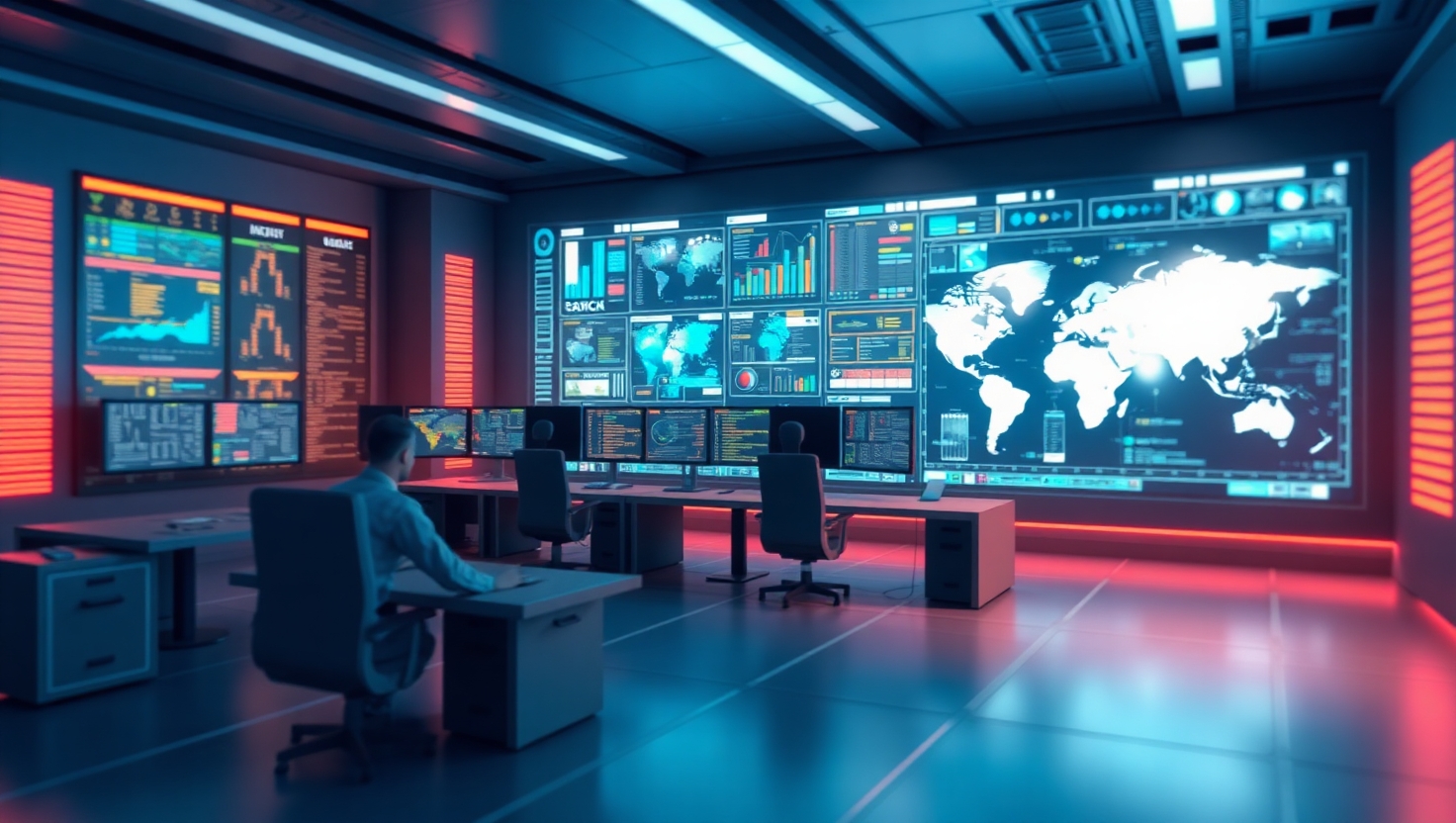Every time we hear about a complex military operation or a high-tech industrial process, there’s one system working silently in the background to make it all possible — the command and control system. It’s a mechanism that gathers data, manages workflows, coordinates between units, and makes real-time decisions. In recent years, the line between military and industrial command and control has begun to blur, but the differences are still significant. The more I explore this field, the more I’m fascinated by how it all comes together — a mix of engineering, psychology, technology, and management, forming a system that simply has to work perfectly, often under extreme pressure.
In the military, command and control is born out of necessity. On the battlefield, every second counts. These systems are designed to process real-time information, provide situational awareness, and synchronize forces. They operate under harsh conditions, unstable lines, communication delays, and constant threats of disruption. That’s why they’re built to be tough, with clear hierarchies, and sometimes even capable of functioning independently if cut off from central command. What amazes me is how they need to be both flexible and “unbreakable” at the same time — because in the field, failure isn’t an option.
In industry, command and control systems evolved mainly to optimize processes, improve output, and prevent failures. It could be a factory producing hundreds of thousands of items a day, a power grid that must stay balanced 24/7, or a data center handling millions of users. The key difference here is that there’s usually no immediate enemy — but there are huge demands for uptime, automation, and visibility. The system not only needs to know what’s happening, but also predict what’s likely to happen — and act accordingly. Industrial command and control is a world of data, algorithms, and buzzwords like AI, IoT, and Big Data. It constantly pushes toward predictive maintenance, decentralized control, and near-full autonomy.
Despite the differences, there are clear parallels. Both military and industrial systems rely heavily on integration, cross-unit communication, and fast, accurate decision-making. Both use advanced graphical interfaces, log tracking, risk analysis, and increasingly, artificial intelligence. And in both worlds, these systems ultimately serve people — so they need to be user-friendly, reliable, and transparent. To me, the most striking part is that an operator managing a production line and a commander overseeing remote forces follow the same basic logic: observe, analyze, decide, and act.
I really believe this field is becoming more central in all areas where complex systems are involved. As the world becomes more connected, synchronized, and dynamic, command and control systems are turning into the beating heart of modern operations. They bring order to chaos, clarity to uncertainty, and direction to information overload. Whether on a battlefield or in a control room, these are the systems that make the impossible, possible. And that’s just fascinating.














